Crosswind Landing Gone Wrong: TUI Boeing 737 at Leeds Bradford
Fear of Landing
FEBRUARY 7, 2025
A poster on PPRuNe asked about the landing conditions: Is it pretty much standard for operators of this particular aircraft type in the UK to land in 35 knot crosswinds on 1800m wet runways? Just before touchdown, the captain used right rudder to “de-crab” the aircraft and landed smoothly in the touchdown area.





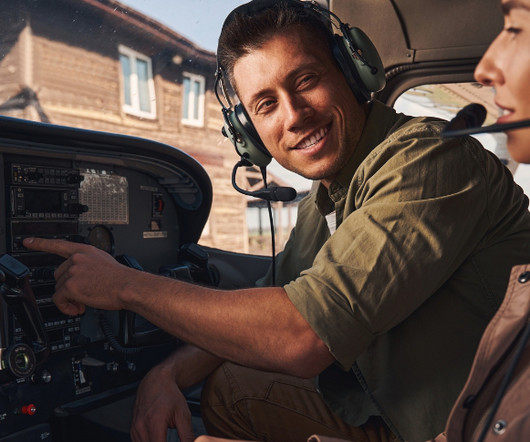
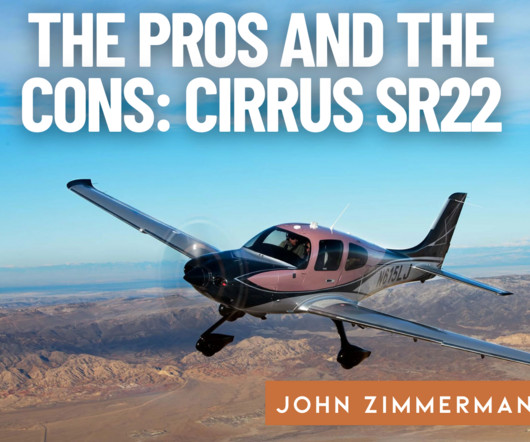


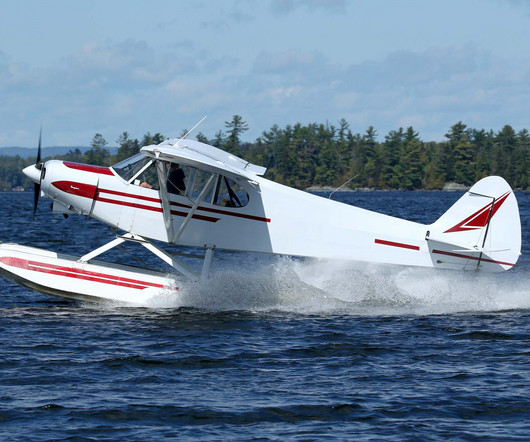
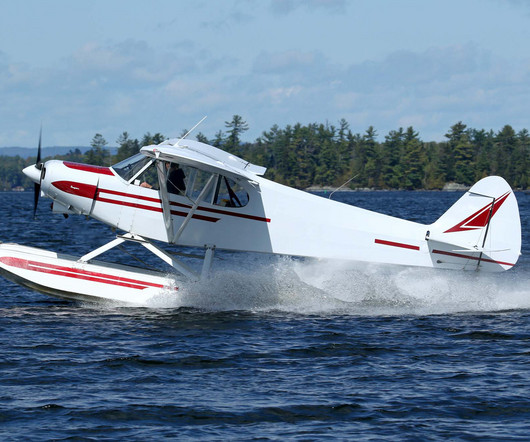
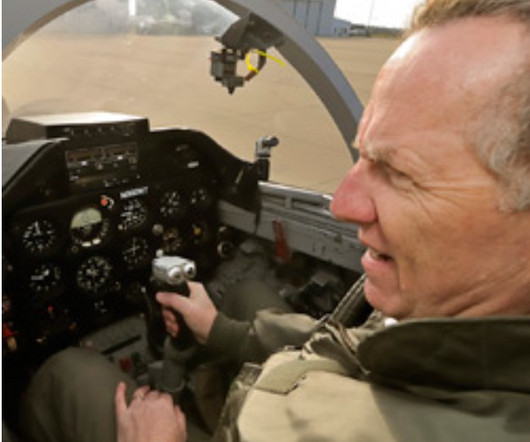

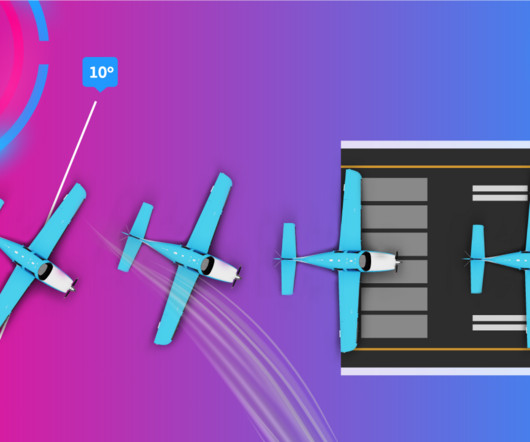
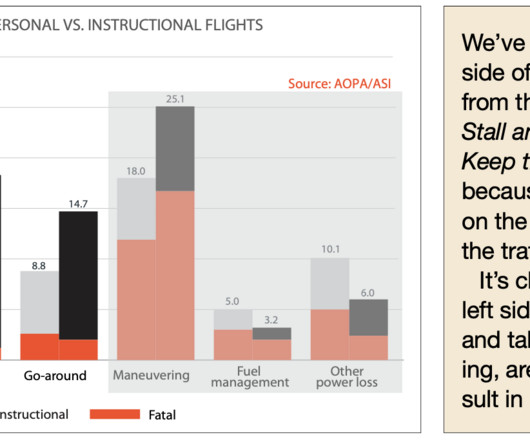

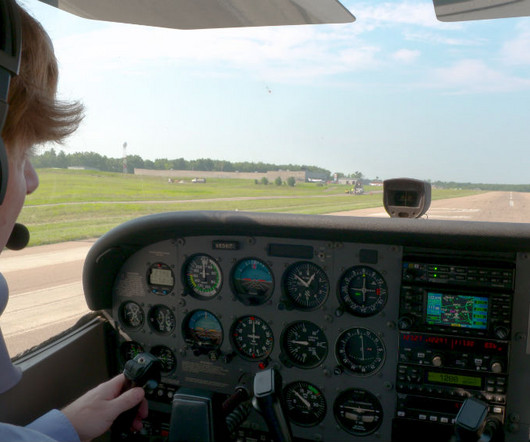

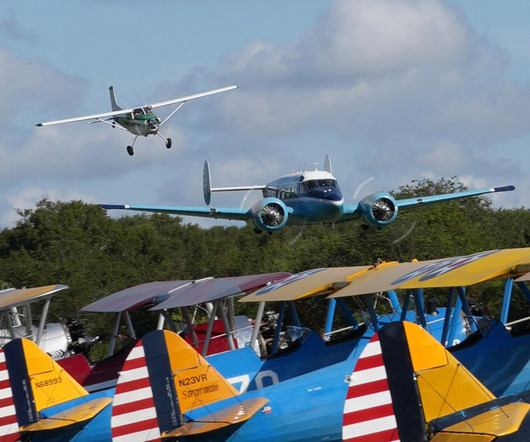

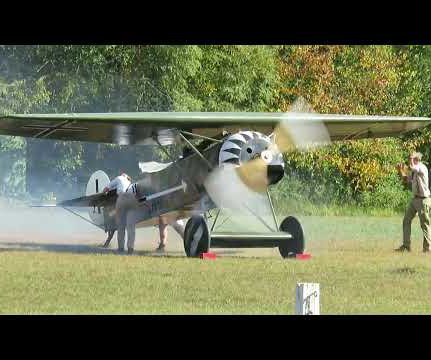







Let's personalize your content